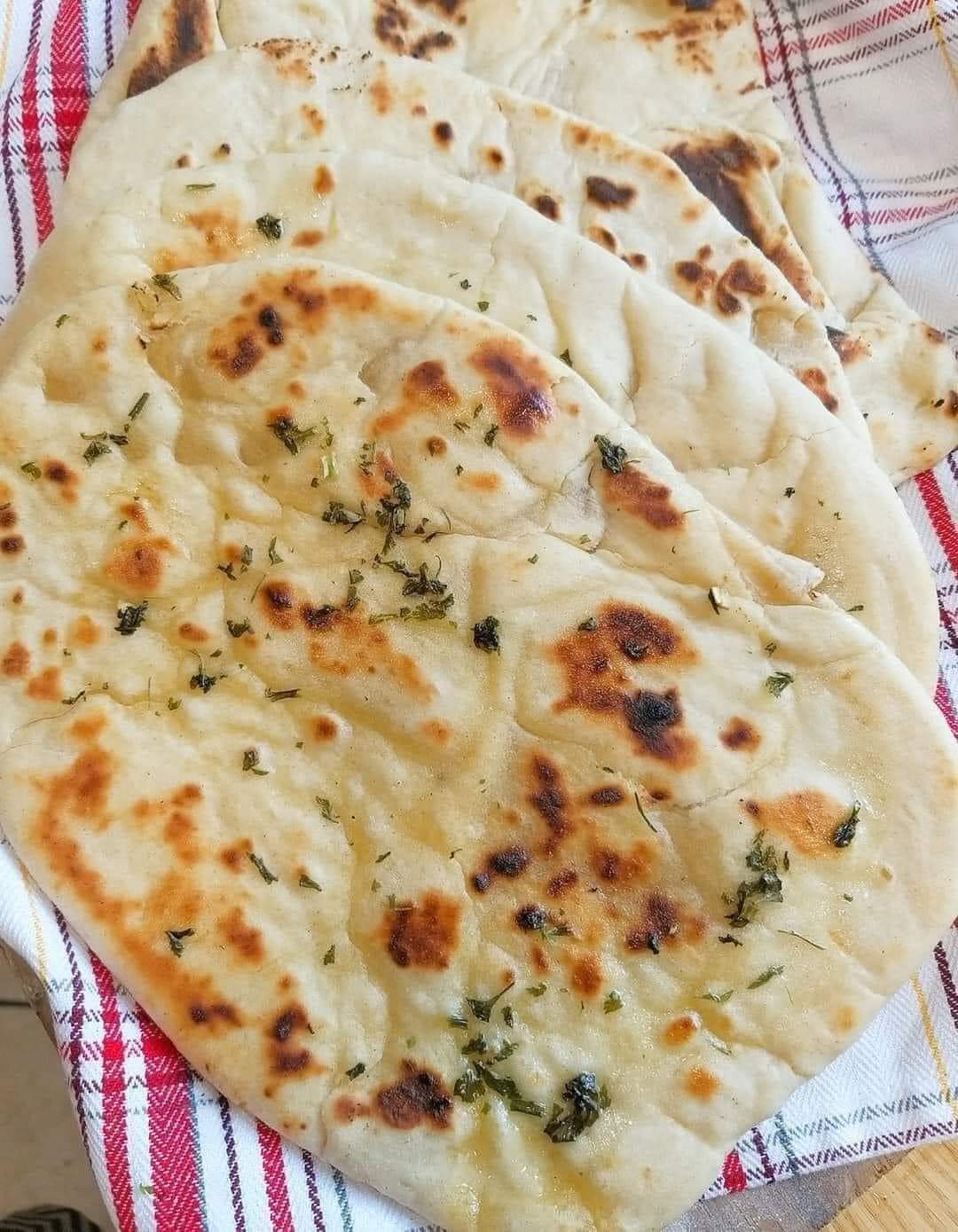Flatbread, a staple food in many cultures, offers several health and nutritional benefits. Here are some of the advantages:
1. Rich in complex carbohydrates: Flatbread is primarily made from whole grains or whole wheat flour, providing a good source of complex carbohydrates. These carbs provide energy and are slowly digested, leading to a steady release of glucose into the bloodstream, which helps maintain stable blood sugar levels.
2. High in dietary fiber: Whole grain flatbreads are typically high in dietary fiber. Fiber aids digestion, promotes a feeling of fullness, and helps regulate bowel movements. It can also contribute to heart health by reducing cholesterol levels.
3. Nutrient-dense: Depending on the ingredients used, flatbread can be a source of various essential nutrients. Whole grain or multigrain flatbreads can provide vitamins like B vitamins (thiamine, niacin, folate) and minerals such as iron, zinc, and magnesium.
4. Lower in calories than traditional bread: Flatbreads are generally thinner than regular bread, which means they often have fewer calories per serving. This can be advantageous for individuals who are watching their calorie intake or trying to maintain a healthy weight.
5. Versatile and customizable: Flatbread can be a vessel for incorporating nutrient-rich ingredients. It can be topped with vegetables, lean proteins, and healthy fats to create a balanced and nutritious meal. You can make it into sandwiches, wraps, or even use it as a pizza base.
6. Gluten-free options available: For individuals with gluten sensitivities or celiac disease, there are various gluten-free flatbread alternatives made from ingredients like almond flour, chickpea flour, or rice flour. These options provide a suitable alternative to traditional wheat-based flatbread.
7. Lower sodium content: Compared to some store-bought bread, flatbread often has lower sodium levels. Reducing sodium intake is beneficial for individuals with high blood pressure or those aiming to maintain heart health.
However, it’s important to note that not all flatbreads are created equal. Some commercially produced flatbreads may contain added sugars, preservatives, or unhealthy fats, so it’s crucial to read labels and choose whole grain or healthier options whenever possible. Additionally, portion control is important, as consuming excessive amounts of flatbread can contribute to calorie intake.
Flatbread

“Making naan bread from scratch is SO simple! As it contains no yeast, it literally takes less than 10 minutes to make a batch! Perfect with curries and can be enjoyed by dips like hummus or salsa.”
• 2 cup all purpose flour or self raising flour
• 1/2 cup plain yogurt
• 1/3 cup olive oil
If you want garlic naan then you’ll need:
• 1/2 cup melted butter
• 2 cloves of garlic, minced
• 1/3 cup fresh coriander
1. Mix flour, yogurt and olive oil in a large bowl. Mix either by hand or with a mixer until an elastic dough forms and set a side for minimum 1 hour.
2. Next divide the dough into 8 equal parts and make round balls.
3. Use flour to prevent the dough from sticking and roll each dough piece into a flat ellipse or circle.
4. Finally, heat a large non-stick pan on medium heat, When hot, place each flattened dough in the pan and let it cook on each side for about 2-3 minutes, or until the dough gets dark brown spots and bubbles form.
5. Prepare melted butter with minced garlic and freshly chopped coriander.
6. Brush the top of each naan with the melted butter mixture. Enjoy with curry or any dish of your own choice.